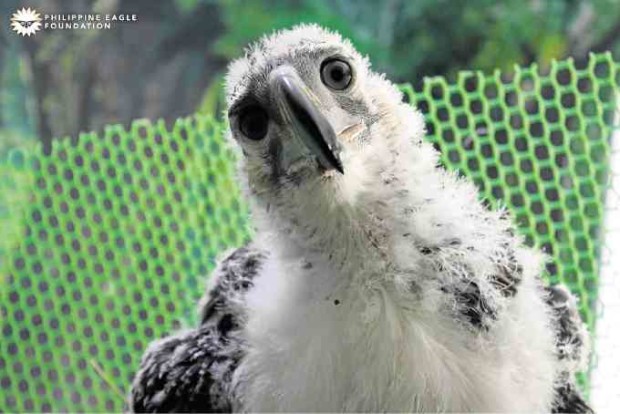Philippine Eagle 101
DAVAO CITY—Twenty-seven captive-bred eagles, and counting.
The Philippine Eagle Foundation (PEF), the prime mover in eagle conservation, breeding, rehabilitation and education in the country, was created in 1987 after it ceased receiving support from the government.
For a year, its staff members waived their salaries in order to pursue a single mission: To save the magnificent birds.
Their hard work eventually paid off on Jan. 15, 1992 when the foundation successfully produced Pag-asa, the first Philippine eagle (Pithecophaga jefferyi) bred and hatched in captivity. Nine months later, Pag-asa’s brother, Pagkakaisa, was born.
The two eagles caught the world’s attention, reviving hopes in the efforts to save their species. The International Union for the Conservation of Nature has classified the species as “critically endangered.”
Article continues after this advertisement14-year research
Article continues after this advertisementPag-asa and Pagkakaisa, products of 14 years of research, are the offspring of Diola and Junior through a technique called “cooperative artificial insemination,” where semen of male eagles are collected and implanted into female eagles.
Pag-asa is now 24 years old, while Pagkakaisa will reach the same age on Oct. 25.
The PEF also rehabilitate injured eagles and care for and manage raptors and animal species.
Its center is also considered one of the city’s important tourist destinations. It occupies an 8.4-hectare area at the foothills of Mt. Apo in Malagos, Baguio District.
After Pagkakaisa, the PEF has produced 25 more Philippine eagles. These will either be set for release in the wild, where they can naturally augment their species’ population, or kept in the center for breeding purposes, according to Dennis Salvador, PEF executive director.
The breeding program aims to supplement eagle populations in the wild by replacing those lost to hunting, and by reintroducing captive-bred birds to vacant habitats and habitats occupied by unpaired wild eagles. Whenever possible, it focuses on natural breeding and pairing.
“The great Philippine eagle is not only our flagship [species] for wildlife conservation but also the best indicator of the forest ecosystem’s health,” Salvador said.
“Saving the eagle requires protecting the forests which, in turn, secures our access to water and other ecosystem benefits. Yet the species and all other wildlife in its habitat continue to decline,” he added.
Deforestation continues to pose a serious threat to their population. A pair of Philippine eagles need 7,000 to 13,000 ha of rainforest to survive.
Aside from depriving the eagles of its home through logging, mining and “kaingin” (slash and burn farming), people continue to hunt them, Salvador said.
“For our national bird to survive through the next millennia, we, as a people, should take our leaders [and government institutions] to task [and ask them to] enforce the law and invest on actions to secure the future of the Philippine eagle,” he said.
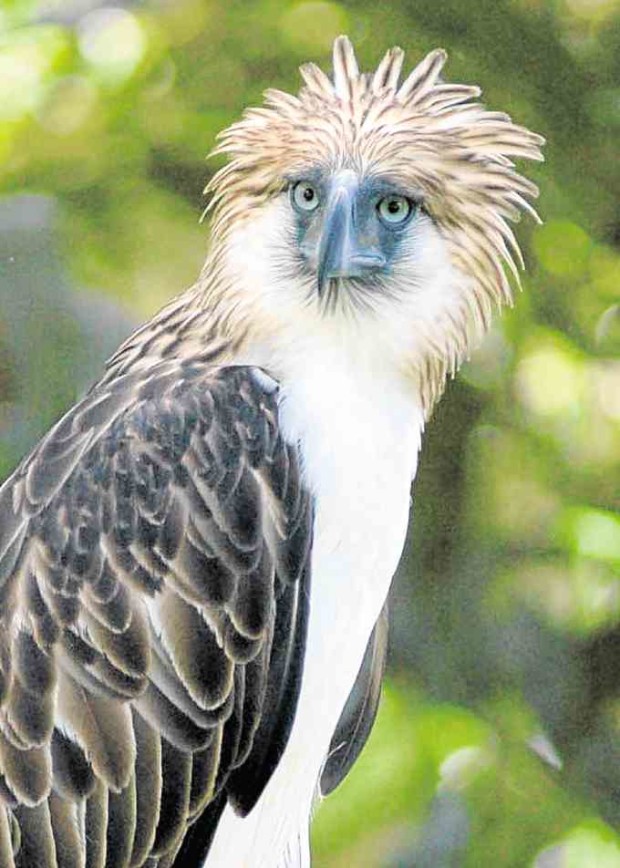
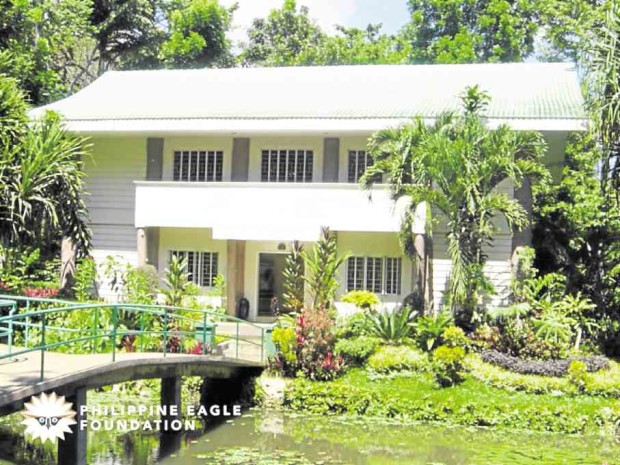
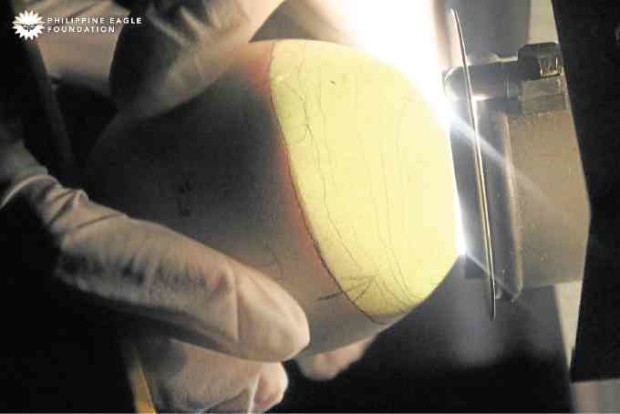
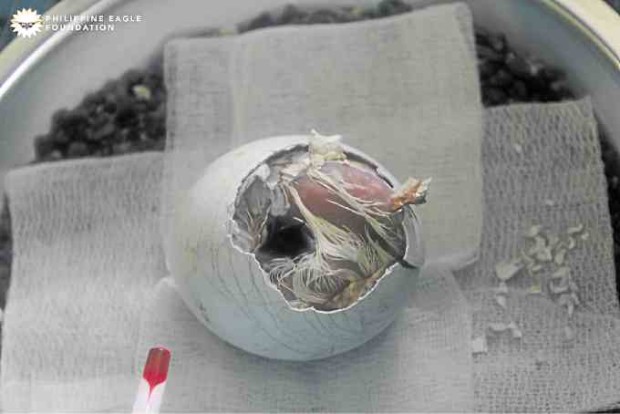
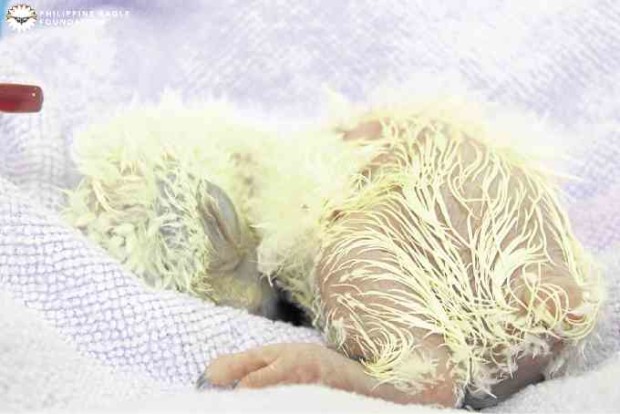 ‘
‘